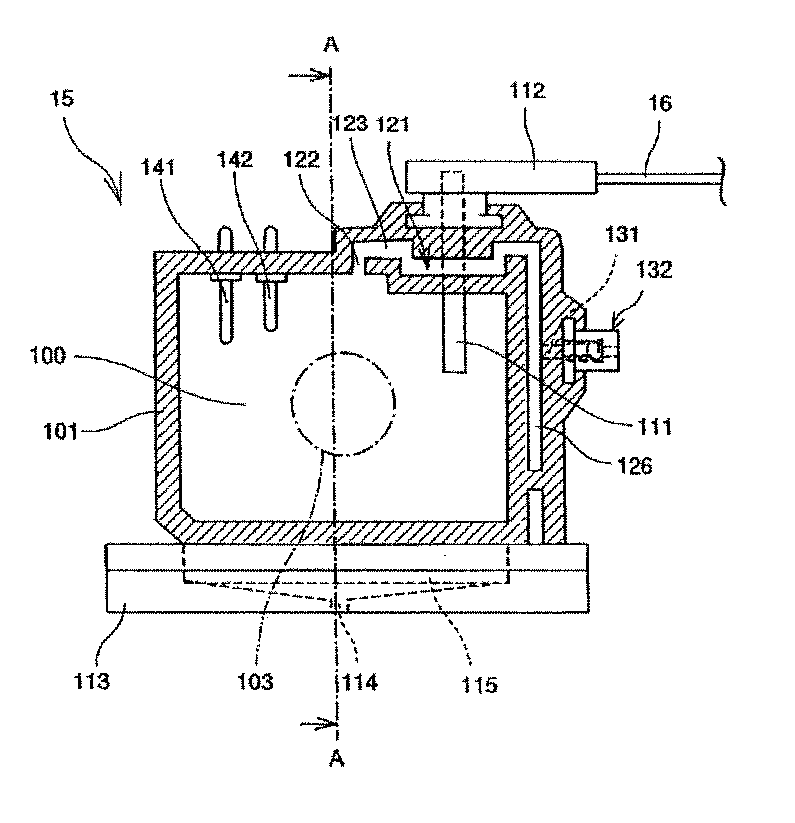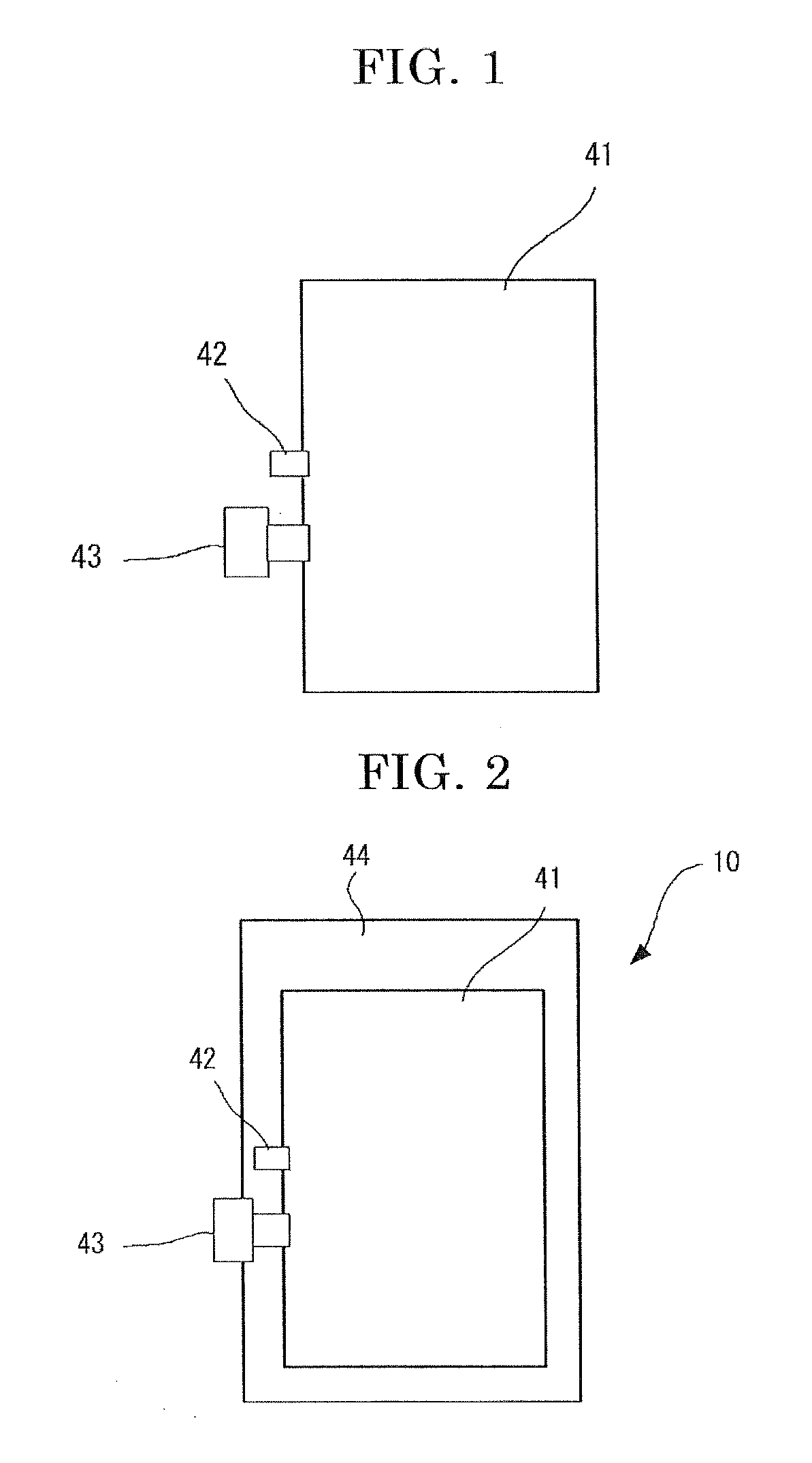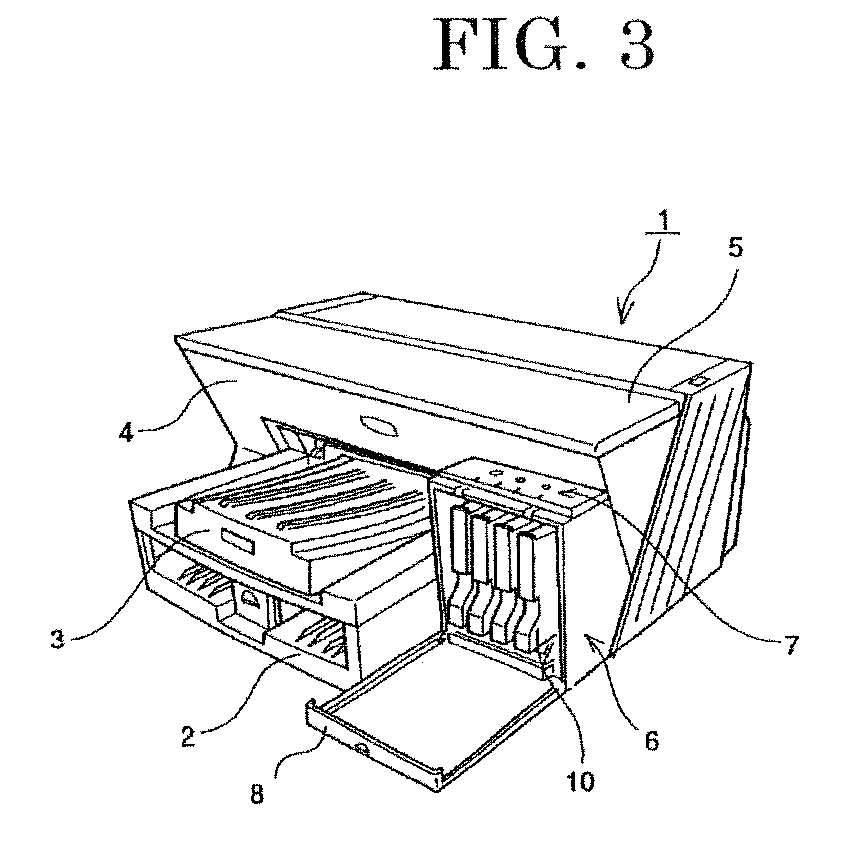Recording ink, ink media set, ink cartridge, ink recorded matter, inkjet recording apparatus, and inkjet recording method
a technology of ink cartridges and ink cartridges, which is applied in the field of ink cartridges, ink cartridges, ink cartridges, and ink cartridges, can solve the problems of frequent ink strike through, ink bleeding in portions, and ink beading, and achieve the effect of low liquid absorbability
- Summary
- Abstract
- Description
- Claims
- Application Information
AI Technical Summary
Benefits of technology
Problems solved by technology
Method used
Image
Examples
production example 1
Preparation of Polymer Solution A
[0448]The inside atmosphere of a 1 L flask equipped with a mechanical stirrer, a thermometer, a nitrogen gas inlet tube, a reflux tube, and a dropping funnel was sufficiently substituted with a nitrogen gas. Thereafter, 11.2 g of styrene, 2.8 g of acrylic acid, 12.0 g of lauryl methacrylate, 4.0 g of polyethylene glycol methacrylate, 4.0 g of a styrene macromer (product name: AS-6, produced by TOAGOSEI CO., LTD.), 0.4 g of mercapto ethanol were added to the flask, mixed and then the temperature of the mixture was raised to 65° C.
[0449]Next, a mixed solution of 100.8 g of styrene, 25.2 g of acrylic acid, 108.0 g of lauryl methacrylate, 36.0 g of polyethylene glycol methacrylate, 60.0 g of hydroxylethyl methacrylate, 36.0 g of a styrene macromer (product name: AS-6, produced by TOAGOSEI CO., LTD.), 3.6 g of mercapto ethanol, 2.4 g of azobis-methylvaleronitrile, and 18 g of methylethylketone was delivered by drops into the flask in 2.5 hours. After the ...
production example 1-1
Production of Copper Phthalocyanine Pigment-Containing Polymer Fine Particle Dispersion
[0450]Next, 46 g of the thus obtained polymer solution A, 33 g of a copper phthalocyanine pigment, 13.6 g of 1 mol / L potassium hydroxide, 20 g of methylethylketone, and 13.6 g of ion exchange water were sufficiently stirred and then kneaded using a roll mill to thereby obtain a paste. The obtained paste was placed in 200 g of pure water, sufficiently stirred, and then methylethylketone and water contained therein were distilled away by the use of an evaporator. Thereafter, glycerine was added to the reaction product, thereby producing a copper phthalocyanine pigment-containing polymer fine particle dispersion of Production Example 1-1 containing 10.9% by mass of pigment, 7.5% by mass of resin (solid content 18.4% by mass) and 9.1% by mass of glycerine.
production example 1-2
Production of Aqueous Dispersion of Magenta Pigment Polymer Fine Particles
[0451]An aqueous dispersion of magenta pigment polymer fine particles of Production Example 1-2 was produced in a manner similar to the process of Production Example 1-1, except that C.I. Pigment Red 122 was used in place of the copper phthalocyanine pigment. The aqueous dispersion of magenta pigment polymer fine particles of Production Example 1-2 contained 13.6% by mass of pigment, 4.5% by mass of resin (solid content: 18.1% by mass), and 9.1% by mass of glycerine.
PUM
| Property | Measurement | Unit |
|---|---|---|
| boiling point | aaaaa | aaaaa |
| boiling point | aaaaa | aaaaa |
| glass transition temperature | aaaaa | aaaaa |
Abstract
Description
Claims
Application Information
 Login to View More
Login to View More - R&D
- Intellectual Property
- Life Sciences
- Materials
- Tech Scout
- Unparalleled Data Quality
- Higher Quality Content
- 60% Fewer Hallucinations
Browse by: Latest US Patents, China's latest patents, Technical Efficacy Thesaurus, Application Domain, Technology Topic, Popular Technical Reports.
© 2025 PatSnap. All rights reserved.Legal|Privacy policy|Modern Slavery Act Transparency Statement|Sitemap|About US| Contact US: help@patsnap.com



